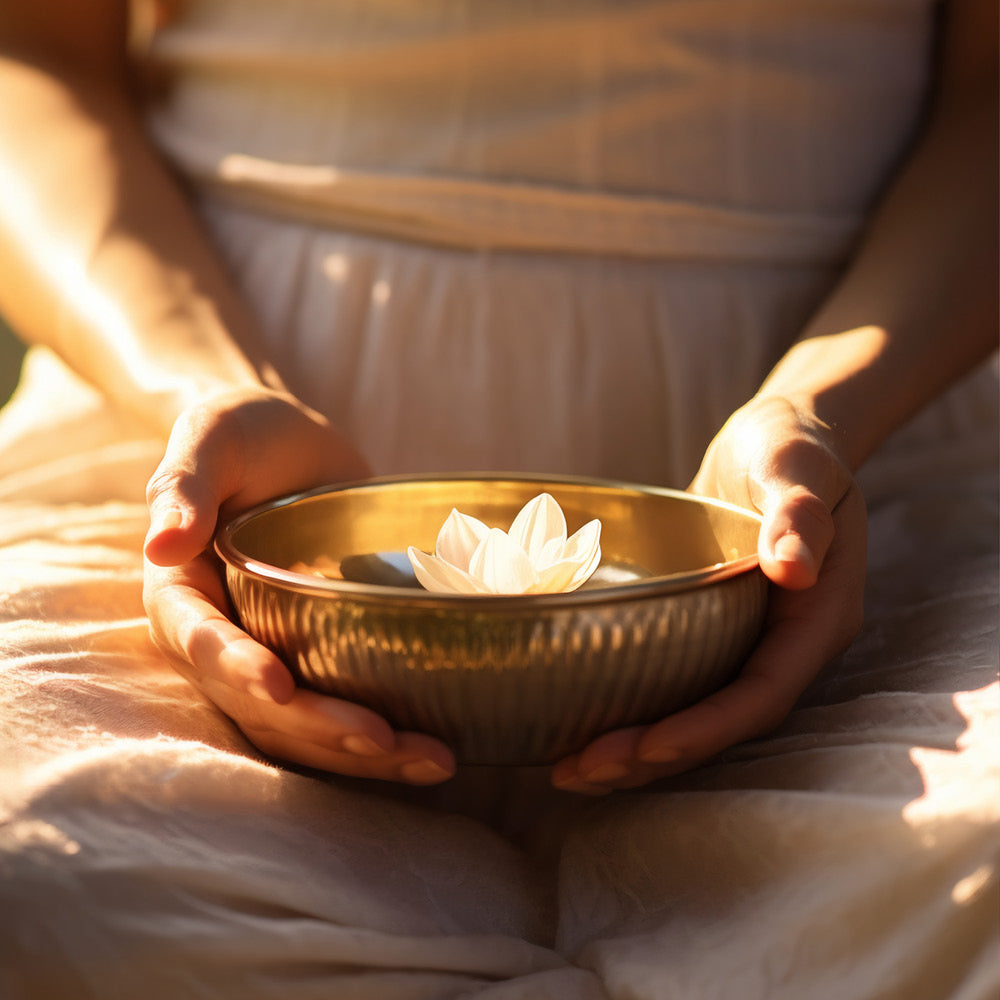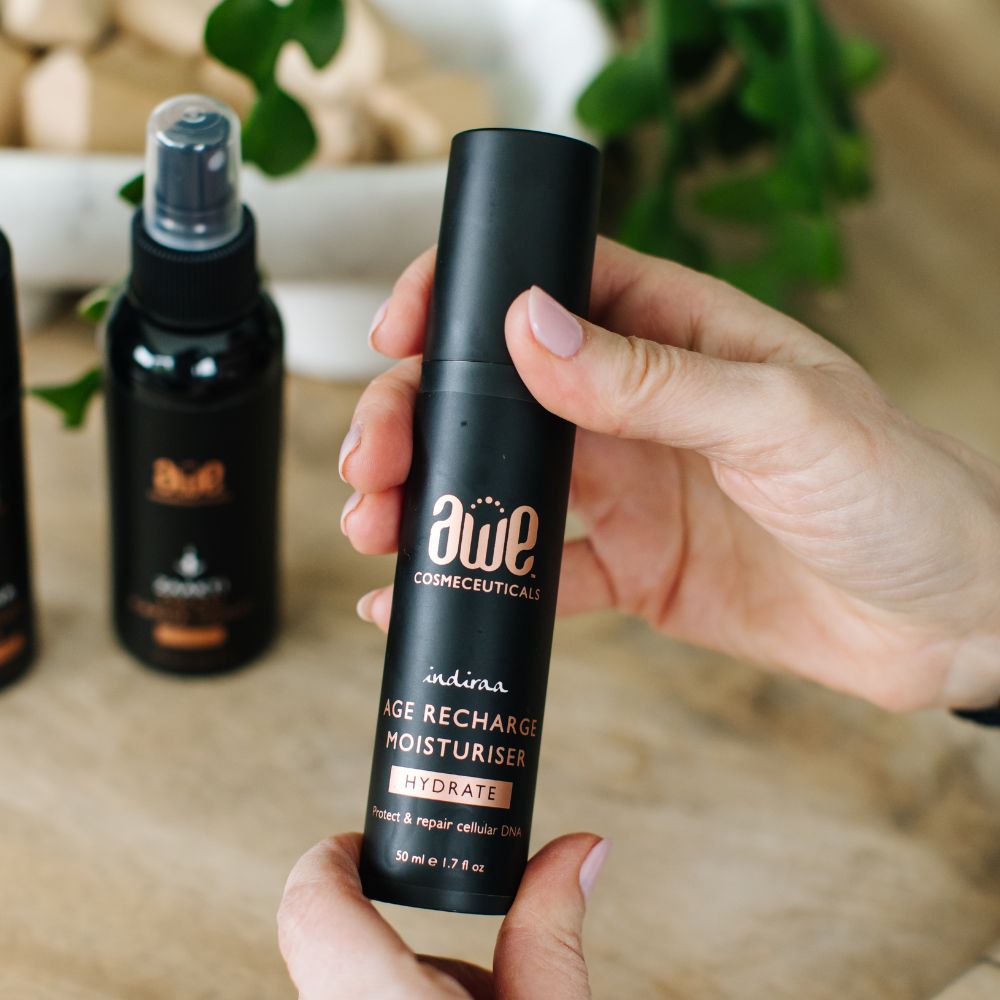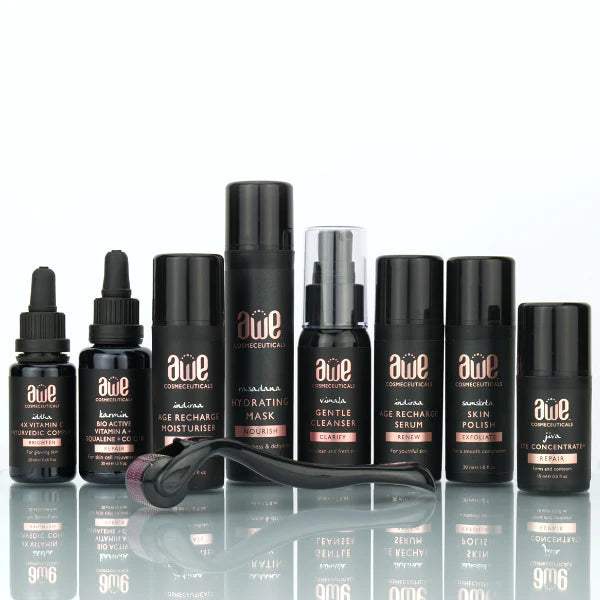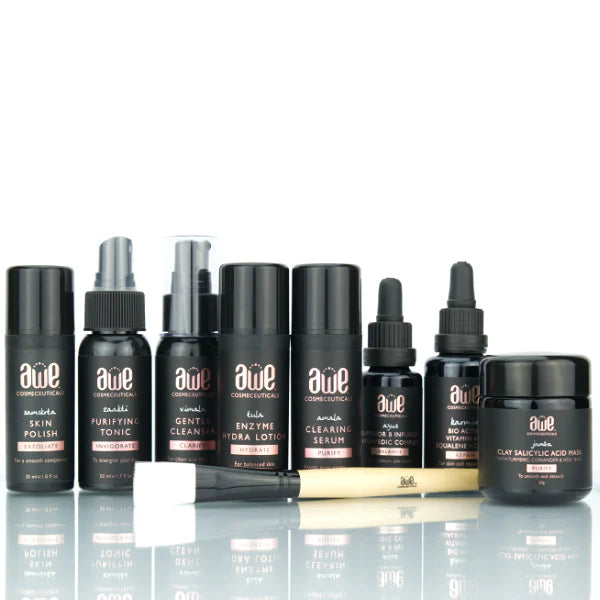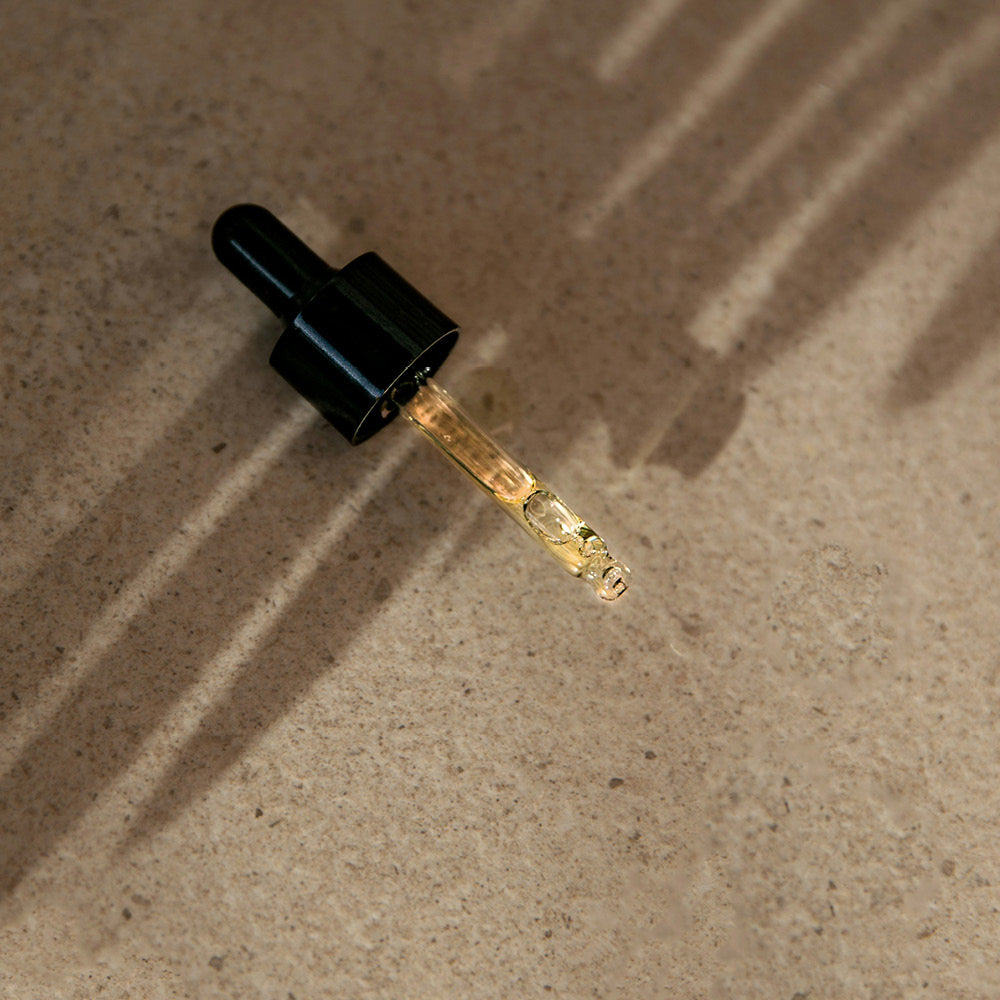
Hopefully you have a good idea of your Ayurvedic dosha….? If not, head over to our earlier blogs for some tips on determining what dosha you are, read more here.
If you are aware of your dosha a really valuable aspect of what suits and does not suit your constitution is taste! In Ayurveda taste is referred to as rasa, and there are six; sweet, sour, bitter, salty, astringent and pungent. As you may have already guessed certain tastes may pacify or aggravate doshas, which is why what you eat is so very important. Each taste is also made up of the same five elements as the doshas, earth, water, fire, air and ether. However it is not all as simple as you might have guessed, as some foods can change as they undergo digestion.
Taste (rasa) is the initial sense as we put food into our mouth, it then has an energetic effect referred to as thermal potency (virya), which is determined by hot or cold and then post digestive impact (vipaka), which is sweet, sour or pungent. For example a food may have a sour rasa, cooling effect and the ultimate effect may be sweet (lemon). This is important as it determines how the food will be metabolised by the body.
Here is a little bit on the actual rasas;
Sweet (Madhura) rasa is made up of the elements Earth & Water, by its nature it will pacify Vata and Pitta and increase Kapha. Sweet rasa has a cooling virya and usually sweet vipaka (some exceptions exist).
Physiologically sweet foods are heavy, moist and oily in nature. In moderation it promotes strength to all tissues of the body, longevity and is beneficial to growth of the body. As we know an excess of sweet in the diet may cause obesity, diabetes, lethargy, high cholesterol, etc.
Psychologically sweet rasa can have a loving, compassionate and uplifting effect, however in excess it may be increase greed and attachment.
Examples: milk, rice, mango
Sour (Amla) rasa is made up of Earth & Fire, thereby increasing Pitta and Kapha and pacifying Vata. Sour rasa has a heating virya and sour vipaka.
Physiological characteristics of sour foods are heavy, oily and hot. Sour rasa has a good effect on stimulating the appetite, aiding with digestion and elimination of waste. In excess it can cause heartburn, gastritis, ulcerative colitis and symptoms such as extreme thirst.
Psychologically the sour taste brings about attention due to its sharpness, in excess it can be related to jealousy.
Examples: citrus fruits, fermented products, sour cream, yoghurt
Salty (Lavana) rasa is made up of Water & Fire, thereby pacifying Vata and increasing Kapha and Pitta. It has a heating virya and a sweet vipaka.
Physiologically salty rasa is clearing of channels and mildly laxative. However in excess it can cause oedema (fluid retention), high blood pressure and inflammatory diseases.
Psychologically the salty rasa provides enjoyment and enthusiasm. Negatively it can be addictive… think of those potato crisps you can’t stop eating!
Due to the sweet vipaka pitta types can tolerate this taste, however the heating effect may aggravate pitta, use in moderation.
Examples: rock salt, sea salt, tamari, black olives
Bitter (Tikta) rasa is made up of Air & Ether, thereby pacifying Pitta and Kapha and aggravating Vata. Its virya is cooling and vipaka is pungent. This is best suited to Pitta types.
Physiologically bitter rasa is cleansing and has anti-inflammatory effects. Its is also considered good for the skin and muscles. Bitter is a very therapeutic taste and should be used in small quantities.
Psychologically bitter rasa helps withhold the mind and senses from objects of desire. In excess it can cause depression.
Examples: tumeric, raw spinach (also astringent), fenugreek, kidney beans
Pungent (Katu) rasa is made up of Air & Fire, thereby pacifying kapha and increasing both vata and pitta. Whereas sweet rasa has an anabolic effect on tissues, pungent rasa is the opposite have a catabolic or reducing effect. Its vireo is hating (the hottest all rasa) and its vipaka is pungent.
Physiologically pungent rasa is excellent for clearing channels and promoting circulation and reducing mucous in the body. In excess it can increase the dry aspects of vata and be too hot for pitta, causing inflammation in the body, peptic ulcers and skin conditions.
Psychologically the pungent rasa has a clarifying effect on the mind, in excess it may cause people to become irritated.
Examples: onion, garlic, ginger, mustard
Astringent (Kasaya) rasa is made up of Air & Earth, thereby increasing Vata and pacifying Pitta and Kapha due to its light and dry qualities. Its virya is cooling and vipaka is pungent.
Astringent rasa is identifiable by the effect it has of puckering your lips and a drying effect, such as unripe banana or pomegranate.
Physiologically it is healing and cleansing, it is also constricting hence slows down digestion. In excess it may cause constipation and emaciation due to increase in vata.
Psychologically the astringent taste helps with clearing and organising the mind. In excess it may cause insomnia, anxiety or depression.
Examples: chickpeas, alfala sprouts, okra
You may even notice tastes that don’t suit your dosha might be ones you automatically avoid or they may be the ones you crave. It should be noted that a good diet should include all 6 tastes, taking note of which ones to minimise.
Next month we will provide a list of foods suited to each dosha! Stay tuned…

